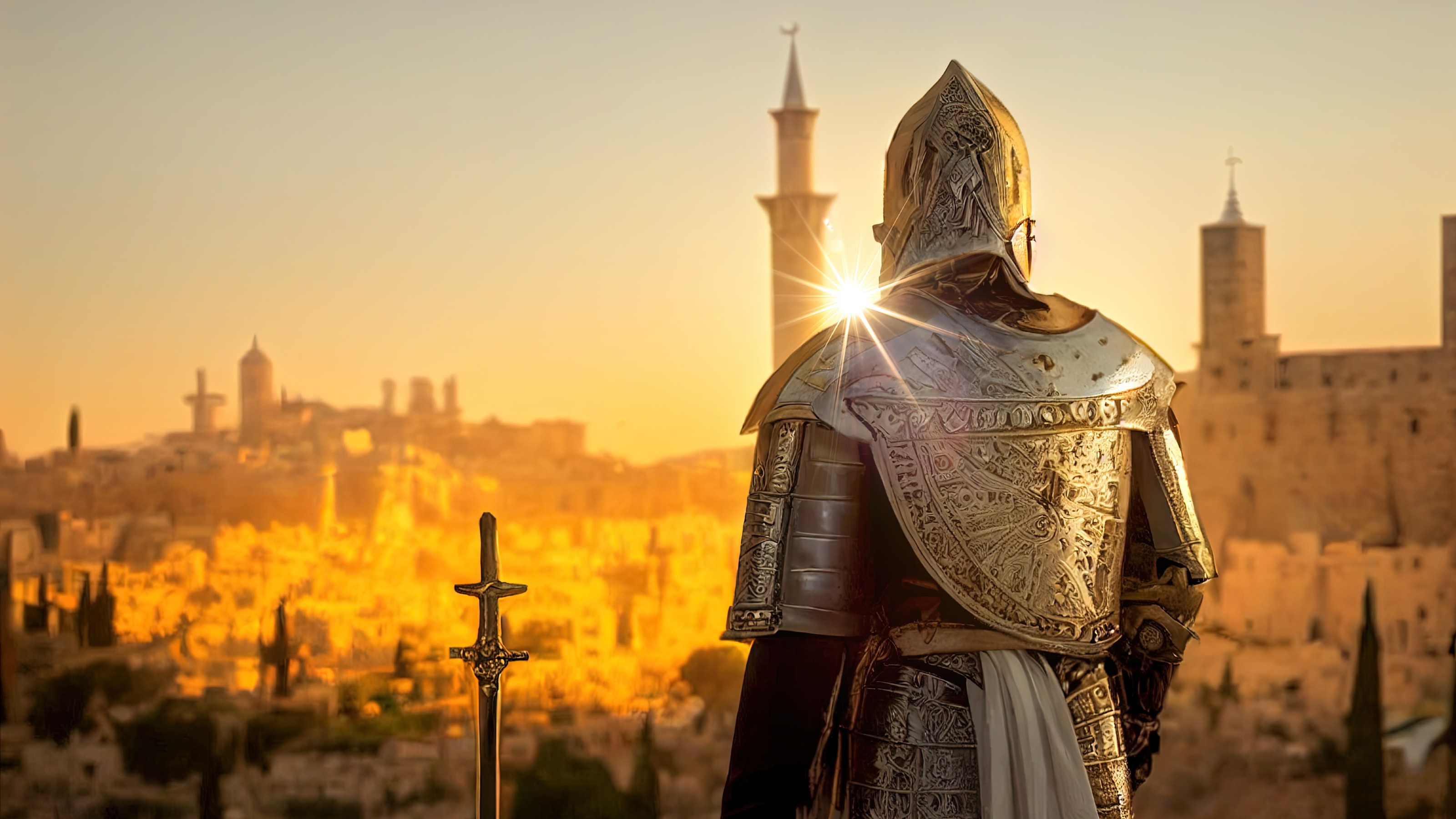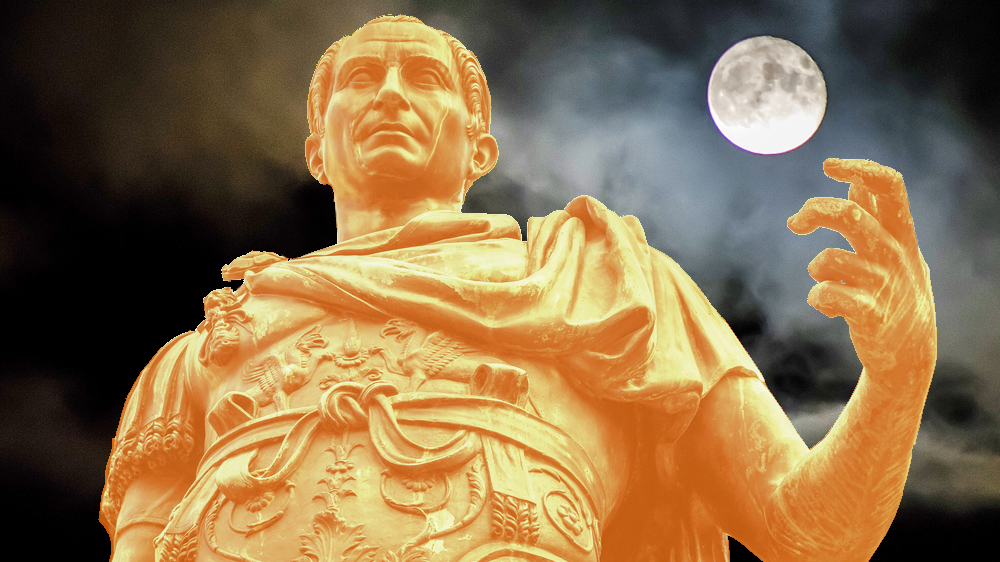Did the Knights Templar invent modern banking?

Founding of the Templars
The Knights Templar are one of the most mythologized groups in all of history. Rumors of their exploits and fate abound, still today, over 700 years after they walked the earth. For instance, there are theories that the Templars founded the modern banking industry, the Illuminati, or even the Freemasons. There’s even a myth that they discovered and spirited away the Holy Grail. This is the cup that supposedly held Christ’s blood during the Last Supper and of which, if one were to drink, they would be granted immortality. So what’s the truth about one of history’s most secretive order of knights?
First off, the Poor Knights of the Temple of King Solomon, was their real name. After the first crusade ended, and Jerusalem fell into European-Christian hands, a large influx of pilgrims came to visit the holy city. Since the surrounding area was dangerous, with the bodies of unsuspecting travelers piling up in heaps along the main thoroughfare, a group of mostly French knights, gathered by Hugues de Payens, a nobleman from France’s Champagne region, came together and founded the order. This was 1119.
They took up residence at the Temple Mount, the site where King Solomon’s Temple once stood—thus their namesake. It’s also the location of Haram al-Sharif (“The Noble Sanctuary”), which includes Al-Aqsa Mosque and the Dome of the Rock (sacred to both Muslims and Jews). The Templars began offering their services to pilgrims as guides and protectors.

A soldier wearing a Knights Templar uniform. The double-barred Cross of Lorrain underneath is the symbol of Godfrey of Bouillon, a founder of the order. 1309. Credit: Getty Images.
Entrance into the Commodities Market
The Templars grew into an elite military force, with each member taking a vow never to retreat in battle. Though not officially religious figures, those within the order lived by a code modeled after the Cistercians or the White Monks. This order stuck rigidly to the Rule of St. Benedict. During initiation, soon-to-be Templars took an oath of poverty, chastity, and obedience, just as the Catholic monks must. They also weren’t allowed to drink alcohol, gamble, or swear.
New members handed over all of their possessions to the brotherhood. Then they were trained in all areas of fighting and warfare. Not only were they an elite force but a well-equipped one as well. Hugues de Payens was voted their first Grand Master, a position held for life. He started his reign by visiting courts all across Europe, essentially fundraising. The Catholic Church officially sanctioned the Knights Templar in 1129 CE. 10 years later, Pope Innocent II issued a Papal Bull saying they answered to no one but the Pope himself. This allowed them to pass freely through all Christian realms and exempted them from taxes.
After a propaganda campaign painting these knights as Christian warriors protecting the holy land, the powerful and secretive order began to collect donations from all over Europe and every stratum of society. Soon, they owned castles, churches, farms, and wineries all over Western Europe and parts of the Middle East. This eventually included a whole fleet of ships. They began selling commodities such as crops, wool, and wine throughout Europe, and also rented huge swaths of land to tenants.

Jacques de Molay (c. 1244 – 1314). This the 23rd Grand Master of the Knights Templar, is being led to his death. He was burned at the stake for heresy. Credit: Getty Images.
A Medieval Financial Services Company
According to British historian Dan Jones, in many ways, the order operated like a financial services company. Jones discusses this in his book, The Templars: The Rise and Spectacular Fall of God’s Holy Warriors. By 1150, the knights were responsible, not only for safeguarding pilgrims but their valuables as well. This forced them to establish what can be described as an early deposit and withdrawal system.
A pilgrim could deposit money or valuables within a Templar stronghold and receive an official letter describing what they had. That pilgrim could then withdraw money along the route to take care of their needs, equal to what they had in safe keeping. Soon, the order grew even more money savvy. By the 12th century, they could freely move their wealth from one property to the next.
The order exercised vast power for almost 200 years. But with the fall of their last stronghold in the holy land in 1291, there seemed no need for them anymore. Instead, their vast wealth and power was coveted and they were seen as a threat. Soon, King Philip IV of France—rumored to be deeply indebted to the Templars, had them arrested on trumped up charges, for heresy. The knights were tortured until they confessed and were burned at the stake.
The Pope and King Philip were in cahoots and soon other kings turned against the order as well. As Jacques de Molay—the last grand master died, he’s said to have called up to heaven to curse those who had tortured him and as the story goes, within a year Philip IV and Pope Clement V were both deceased.
To learn more about the Knights Templar click here.





